How to Give a Lightning Talk
Defining the Lightning Talk: Purpose
Imagine standing before an audience with just five minutes to make an impression. That's the essence of a lightning talk - a brief yet powerful presentation designed to ignite curiosity rather than exhaust a subject. These micro-presentations, typically clocking in under seven minutes, serve as intellectual appetizers that leave audiences hungry for more. The magic lies in their constraints; by forcing speakers to distill their message to its purest form, these talks often achieve greater impact than longer formats.
The art of lightning talks revolves around three pillars: crystal-clear messaging, razor-sharp focus, and magnetic delivery. Successful speakers understand they're not teaching a masterclass, but rather planting seeds of interest that might blossom into deeper exploration later. This approach demands ruthless editing of content and laser-focused preparation to ensure every second counts.
Structure: The Architecture of Impact
Behind every memorable lightning talk lies an invisible scaffold - a carefully crafted structure that guides both speaker and audience through the brief journey. The most effective frameworks typically include:
- A hook that grabs attention immediately
- A clear roadmap of what's to come
- Core content distilled to its essence
- Supporting evidence presented as quick highlights
- A conclusion that resonates
- When appropriate, a call-to-action that lingers
This structural integrity ensures that despite the rapid pace, the audience never feels lost or overwhelmed.
Content Curation: The Art of Strategic Omission
The paradox of lightning talks is that their brevity requires more preparation, not less. The real skill lies not in what you include, but in what you courageously exclude. Effective speakers become master curators, selecting only the most potent information that will:
- Directly serve the core message
- Resonate with the specific audience
- Create maximum impact per second
- Leave a lasting impression
This surgical approach to content selection often involves multiple rounds of refinement to achieve the perfect balance between substance and speed.
Visual Storytelling: When Images Speak Louder
In the blink-and-you'll-miss-it world of lightning talks, visuals serve as cognitive shortcuts that help audiences grasp complex ideas instantly. The most effective slides share these characteristics:
- Single, bold ideas per slide
- Minimal text with maximum visual impact
- Consistent and clean design aesthetic
- Purposeful color psychology
- Data visualization that tells stories at a glance
A well-designed visual can often communicate in seconds what might take minutes to explain verbally, making them indispensable tools for lightning talk presenters.
The Rehearsal Paradox: Practicing Spontaneity
Ironically, the most seemingly effortless lightning talks result from meticulous preparation. Presenters who appear completely natural have typically:
- Timed every segment to the second
- Practiced transitions until they're invisible
- Memorized key phrases without sounding scripted
- Anticipated potential technical hiccups
- Performed multiple dry runs under realistic conditions
This level of preparation creates the foundation for what audiences perceive as confident, authentic delivery.
Stage Presence: The Invisible Amplifier
When time is measured in seconds rather than minutes, every element of delivery becomes magnified. The most captivating speakers understand that their physical presence can amplify or undermine their message. Key elements include:
- Purposeful movement that emphasizes points
- Strategic pauses that create emphasis
- Vocal variety that maintains interest
- Eye contact that creates connection
- Gestures that reinforce rather than distract
These nonverbal elements often communicate as much as the words themselves in these condensed presentations.
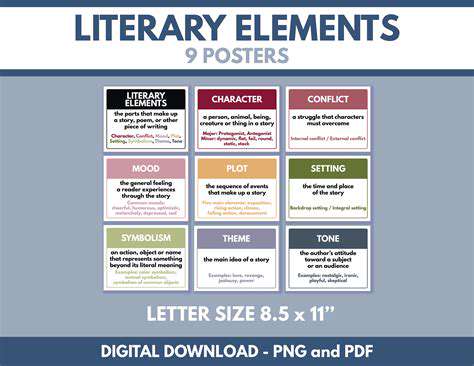
Interestingly, the principles of effective lightning talks share much with Mindfulness Meditation, another practice requiring intense focus within limited timeframes. Both demand present-moment awareness, careful attention to what truly matters, and the ability to filter out distractions.
Mastering Visual Communication
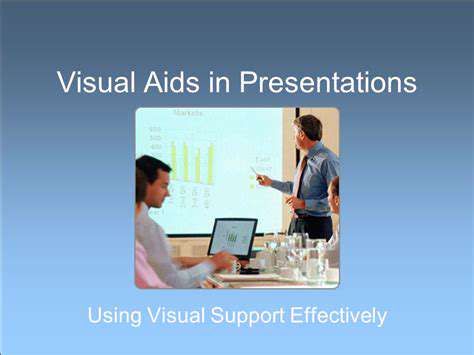
The Science of Visual Selection
Choosing visual supports isn't about decoration - it's about cognitive efficiency. The human brain processes visuals 60,000 times faster than text, making well-chosen images, charts, or diagrams essential for rapid comprehension. When evaluating potential visuals, ask:
- Does this immediately clarify a complex point?
- Will my audience understand it within 3 seconds?
- Does it align with my verbal message?
- Is it simple enough to avoid confusion?
- Does it evoke the right emotional response?
This rigorous selection process ensures each visual earns its place in your limited presentation real estate.
The Art of Visual Integration
Great presenters choreograph their visuals like a symphony conductor - each element entering at precisely the right moment to maximum effect. The worst visual offense isn't ugliness - it's irrelevance. To avoid this:
- Synchronize visual reveals with verbal explanations
- Use builds and animations purposefully, not decoratively
- Ensure every visual has a clear job in your talk
- Maintain consistent visual language throughout
- Allow breathing room between complex visuals
When executed well, this visual-verbal dance creates a seamless experience where audiences absorb information effortlessly.
Remember that in our visually saturated world, audiences have developed sophisticated visual literacy. They can instantly detect stock imagery, generic templates, or filler graphics. Invest in custom visuals when possible, or creatively adapt existing ones to serve your unique message. The extra effort pays dividends in audience engagement and message retention.
Read more about How to Give a Lightning Talk
Hot Recommendations
- How to Stay Productive While Working Remotely
- Tips for Managing Conflict with Coworkers
- Entrance & Certification Exams (升学考试)
- How to Improve Your Storytelling Skills (Speaking)
- How to Find Profitable Side Hustles
- Tips for Preparing for the TOEFL iBT Home Edition
- Guide to Switching Careers from [Industry A] to [Industry B]
- How to Run an Effective Hybrid Meeting
- Tips for Marketing Your Side Hustle on Instagram
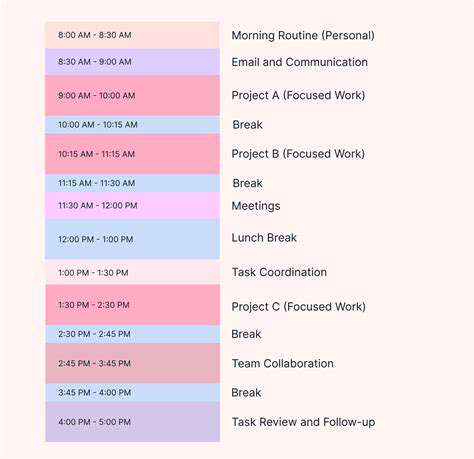


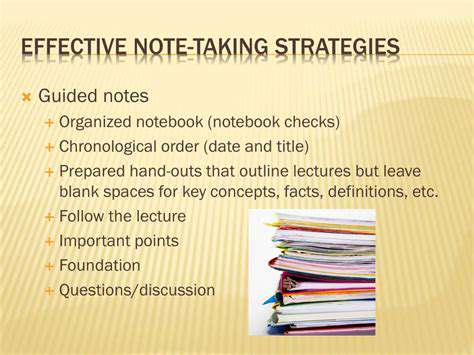
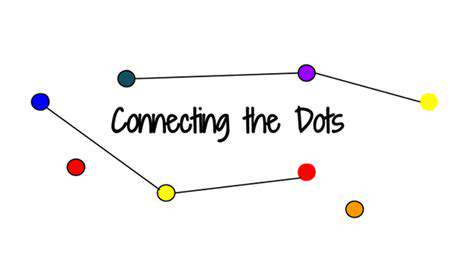


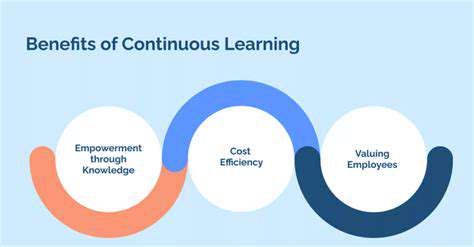


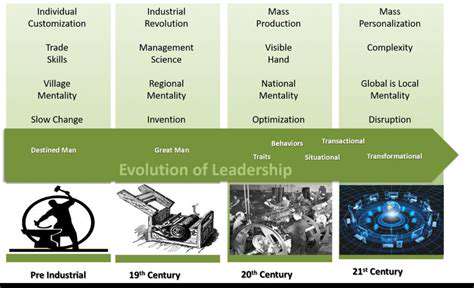
![Best Resume Templates for Career Change [2025]](/static/images/32/2025-05/EmphasizingKeywordsandIndustry-SpecificLanguage.jpg)